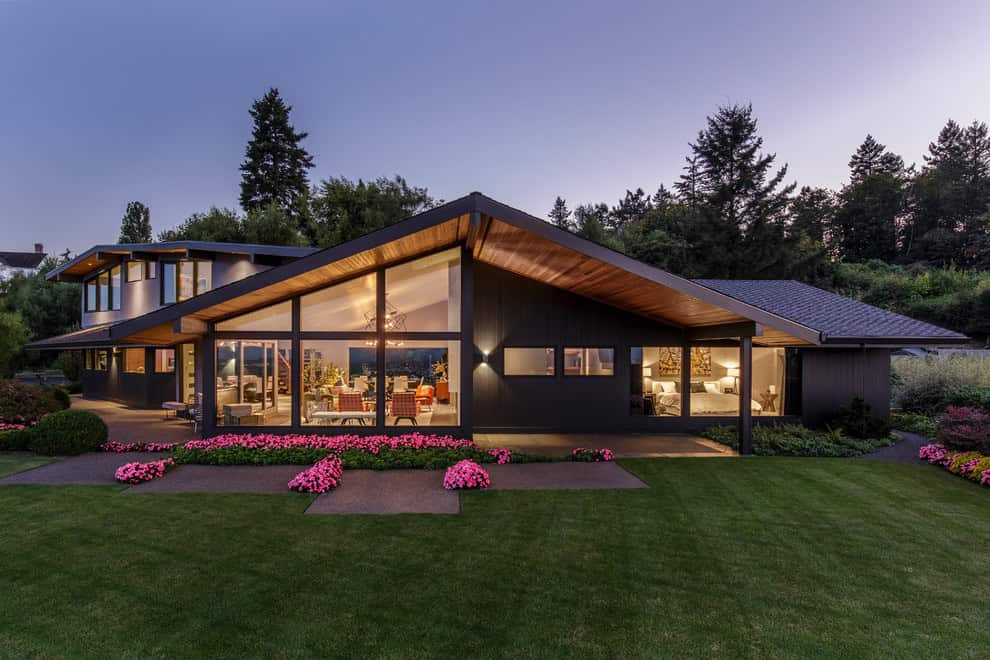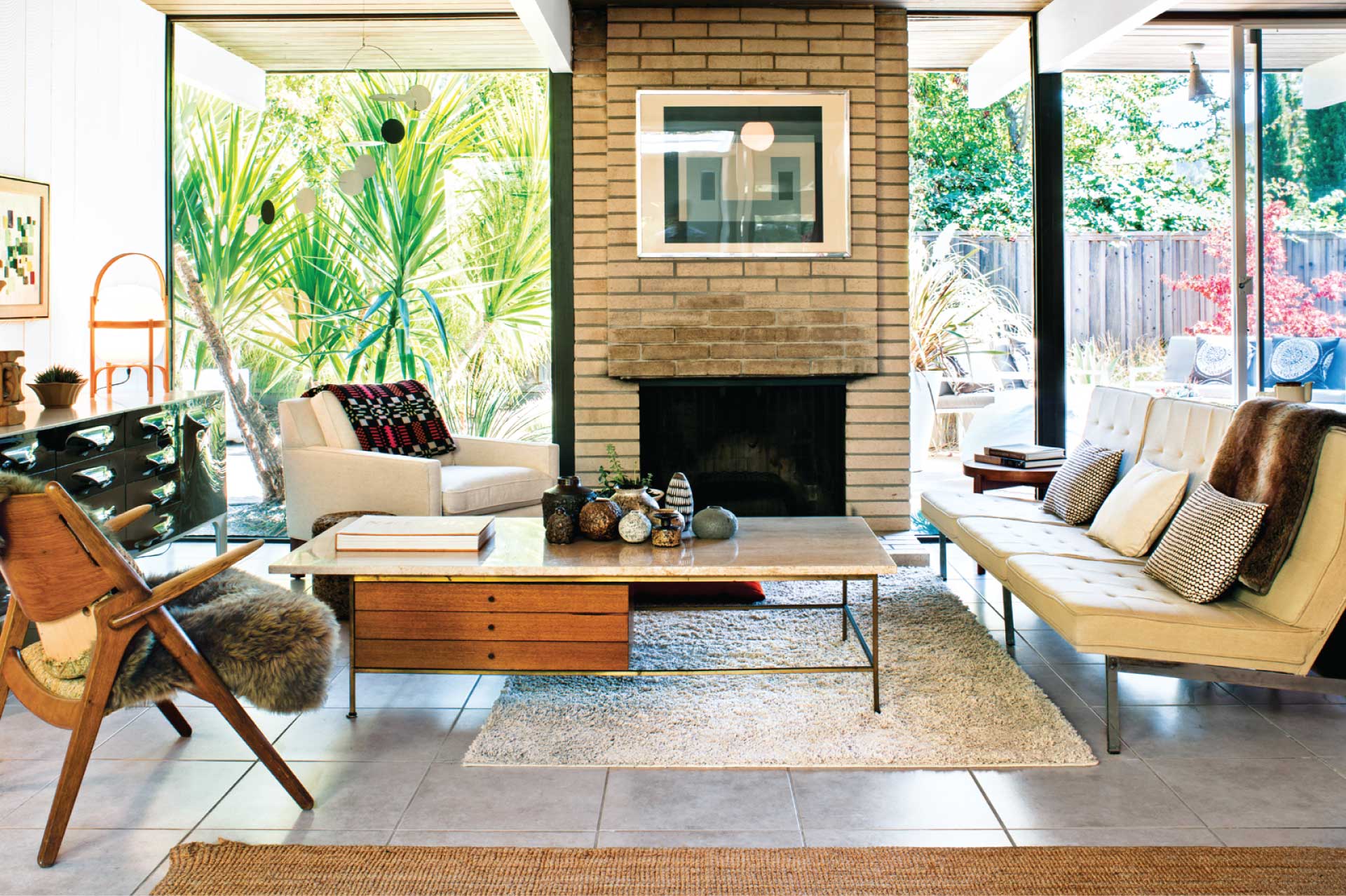Mid-Century Modern Homes: A Timeless Design for the Modern Era
Verwandte Artikel: Mid-Century Modern Homes: A Timeless Design for the Modern Era
- Modern Home Architecture: A Guide To Creating Stunning And Functional Spaces
- Building A Home: A Comprehensive Guide To Creating Your Dream Abode
- Embark On A Journey Of Architectural Excellence: Home Builders With Plans And Prices
- Free Home Building Plans: A Comprehensive Guide For Homeowners And Builders
- Small Two Story Homes
Einführung
Mit Begeisterung werden wir uns durch das faszinierende Thema rund um Mid-Century Modern Homes: A Timeless Design for the Modern Era vertiefen. Lassen Sie uns interessante Informationen zusammenfügen und den Lesern frische Perspektiven bieten.
Table of Content
- 1 Verwandte Artikel: Mid-Century Modern Homes: A Timeless Design for the Modern Era
- 2 Einführung
- 3 Video über Mid-Century Modern Homes: A Timeless Design for the Modern Era
- 4 Mid-Century Modern Homes: A Timeless Design for the Modern Era
- 5 History of Mid-Century Modern Homes
- 6 Key Characteristics of Mid-Century Modern Homes
- 7 Advantages of Mid-Century Modern Homes
- 8 Disadvantages of Mid-Century Modern Homes
- 9 Summary of Mid-Century Modern Homes
- 10 Q&A
- 11 Conclusion
- 12 Closing Statement
- 13 Abschluss
Video über Mid-Century Modern Homes: A Timeless Design for the Modern Era
Mid-Century Modern Homes: A Timeless Design for the Modern Era

Introduction
Mid-century modern homes, with their clean lines, open floor plans, and seamless indoor-outdoor living spaces, continue to captivate homeowners and architects alike. Emerging in the post-World War II era, these iconic dwellings embody the optimism and innovation of the time, offering a fresh and forward-looking alternative to traditional architectural styles.
In this comprehensive guide, we will delve into the history, key characteristics, advantages, and disadvantages of mid-century modern homes. We will explore the unique design elements that define this architectural style, examining how they create a sense of space, light, and functionality. By understanding the nuances of mid-century modern homes, you can make informed decisions about incorporating this timeless design into your own living space.
History of Mid-Century Modern Homes
The roots of mid-century modern architecture can be traced back to the early 20th century, with the Bauhaus movement in Germany. Bauhaus architects emphasized simplicity, functionality, and the use of new materials and construction techniques. These principles laid the foundation for the development of mid-century modern homes, which gained popularity in the United States after World War II.
Post-war America experienced a housing boom, and mid-century modern homes became the preferred choice for many families. These homes offered a break from the ornate and traditional styles of the past, embracing a clean and contemporary aesthetic. Architects such as Frank Lloyd Wright, Ludwig Mies van der Rohe, and Charles Eames played a pivotal role in shaping the mid-century modern movement, creating iconic designs that continue to inspire architects and homeowners today.
Key Characteristics of Mid-Century Modern Homes
Mid-century modern homes are characterized by a distinct set of design elements that create a unique and recognizable style. These elements include:

Clean Lines and Geometric Forms: Mid-century modern homes feature simple, geometric forms and clean lines, avoiding unnecessary ornamentation or decorative details. The emphasis is on creating a sense of order and harmony through the interplay of straight lines and angles.
-
Open Floor Plans: Open floor plans are a hallmark of mid-century modern homes, allowing for a seamless flow between different living spaces. The removal of walls and partitions creates a sense of spaciousness and encourages a more fluid and interactive lifestyle.
-
Indoor-Outdoor Living: Mid-century modern homes often feature large windows and sliding glass doors that blur the boundaries between indoor and outdoor spaces. Patios, decks, and courtyards are seamlessly integrated into the home’s design, extending the living space beyond the traditional confines of walls.
-
Natural Materials: Mid-century modern architects favored the use of natural materials, such as wood, stone, and glass. These materials add warmth and texture to the home’s interior, creating a connection to the natural environment.
-
Built-In Furniture: Built-in furniture is a common feature in mid-century modern homes, providing both functionality and a cohesive aesthetic. Custom-designed shelves, cabinets, and seating areas are integrated into the home’s architecture, maximizing space and creating a sense of order.

Advantages of Mid-Century Modern Homes
Mid-century modern homes offer a number of advantages that make them appealing to homeowners and architects alike:
-
Timeless Design: Mid-century modern homes have a timeless appeal that transcends trends and generations. Their simple and elegant designs remain relevant and stylish even decades after they were first built.
-
Functionality and Space Efficiency: The open floor plans and built-in furniture of mid-century modern homes maximize space and create a highly functional living environment. The emphasis on clean lines and geometric forms ensures that every square foot is used efficiently.
-
Natural Light and Airflow: Large windows and sliding glass doors flood mid-century modern homes with natural light and promote cross-ventilation. This creates a bright and airy atmosphere that enhances the sense of space and well-being.
-
Indoor-Outdoor Living: The seamless integration of indoor and outdoor spaces allows homeowners to enjoy the benefits of both worlds. Patios, decks, and courtyards extend the living area, providing additional space for entertaining, relaxation, and enjoying the natural surroundings.
-
Environmental Sustainability: Mid-century modern homes often incorporate sustainable design principles, such as passive solar design and the use of natural materials. These features reduce energy consumption and minimize the environmental impact of the home.
Disadvantages of Mid-Century Modern Homes
While mid-century modern homes offer many advantages, there are also some potential drawbacks to consider:
-
Maintenance and Upkeep: The clean lines and geometric forms of mid-century modern homes can require more maintenance and upkeep than traditional homes. Large windows and sliding glass doors may need to be cleaned and maintained regularly, and built-in furniture may not be as easily replaced as freestanding pieces.
-
Privacy Concerns: The large windows and open floor plans of mid-century modern homes can sometimes compromise privacy. Strategic placement of curtains, blinds, or landscaping can help mitigate this issue.
-
Limited Storage Space: Built-in furniture can limit the amount of storage space available in mid-century modern homes. However, careful planning and the use of additional storage solutions can help address this issue.
-
Potential Structural Issues: Mid-century modern homes may be more susceptible to certain structural issues, such as roof leaks and foundation problems. Regular inspections and maintenance can help prevent or mitigate these issues.
-
Energy Efficiency: While mid-century modern homes often incorporate sustainable design principles, they may not meet the same energy efficiency standards as newer homes. Retrofitting with energy-efficient appliances, windows, and insulation can help improve the energy performance of these homes.
Summary of Mid-Century Modern Homes
Mid-century modern homes are characterized by their clean lines, open floor plans, indoor-outdoor living spaces, and use of natural materials. They offer advantages such as timeless design, functionality, natural light and airflow, indoor-outdoor living, and environmental sustainability. However, they may also have disadvantages, including maintenance and upkeep requirements, privacy concerns, limited storage space, potential structural issues, and energy efficiency considerations.
Q&A
-
Q: What are the key design elements of mid-century modern homes?
-
A: Clean lines, geometric forms, open floor plans, indoor-outdoor living spaces, and natural materials are the key design elements of mid-century modern homes.
-
Q: What are the advantages of mid-century modern homes?
-
A: Timeless design, functionality, natural light and airflow, indoor-outdoor living, and environmental sustainability are some of the advantages of mid-century modern homes.
-
Q: What are the disadvantages of mid-century modern homes?
-
A: Maintenance and upkeep requirements, privacy concerns, limited storage space, potential structural issues, and energy efficiency considerations are some of the disadvantages of mid-century modern homes.
-
Q: What is the history of mid-century modern homes?
-
A: The roots of mid-century modern architecture can be traced back to the Bauhaus movement in Germany. Post-war America experienced a housing boom, and mid-century modern homes became the preferred choice for many families.
-
Q: What are some famous mid-century modern architects?
-
A: Frank Lloyd Wright, Ludwig Mies van der Rohe, and Charles Eames are some of the famous mid-century modern architects.
Conclusion
Mid-century modern homes continue to captivate homeowners and architects alike, offering a timeless design that combines functionality, style, and a connection to the natural environment. By understanding the key characteristics, advantages, and disadvantages of mid-century modern homes, you can make informed decisions about whether this architectural style is right for you.
Whether you are looking to build a new home or renovate an existing one, the principles of mid-century modern design can help you create a space that is both beautiful and practical. Embrace the clean lines, open floor plans, and indoor-outdoor living spaces that define this iconic architectural style, and enjoy the timeless appeal of a mid-century modern home.
Closing Statement
The enduring popularity of mid-century modern homes is a testament to their timeless design and enduring appeal. Whether you are a homeowner, an architect, or simply an admirer of good design, the principles of mid-century modernism can inspire you to create spaces that are both stylish and functional. Embrace the clean lines, open floor plans, and indoor-outdoor living spaces that define this iconic architectural style, and enjoy the timeless beauty and functionality of a mid-century modern home.

Abschluss
Daher hoffen wir, dass dieser Artikel wertvolle Einblicke in Mid-Century Modern Homes: A Timeless Design for the Modern Era bietet. Wir hoffen, dass Sie diesen Artikel informativ und nützlich finden. Bis zum nächsten Artikel!